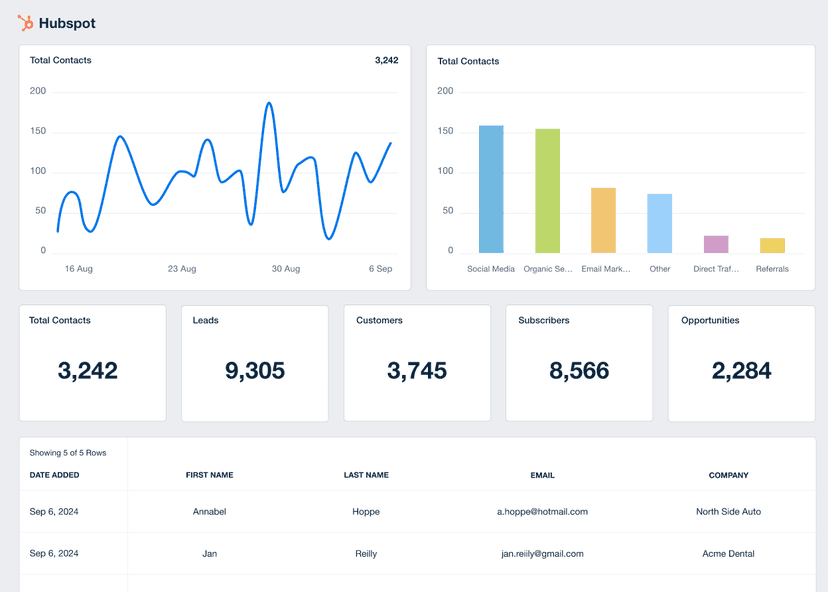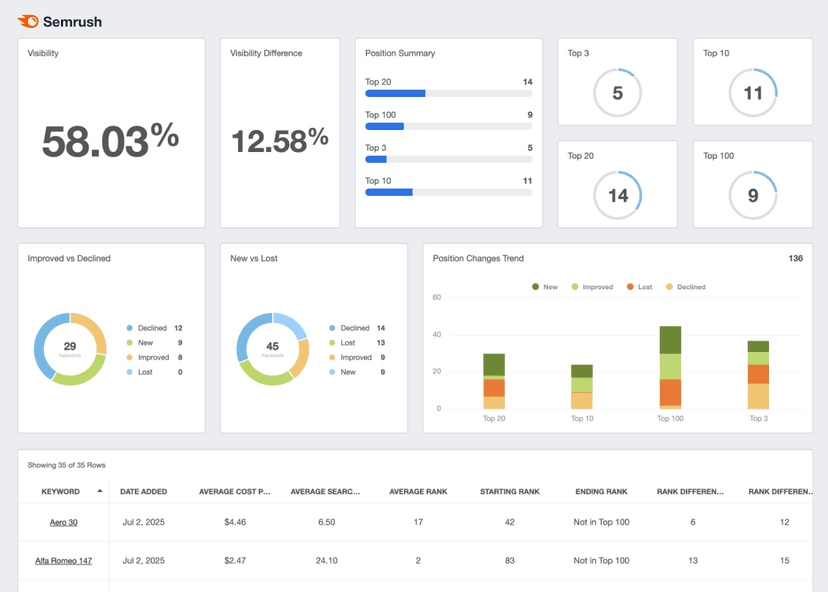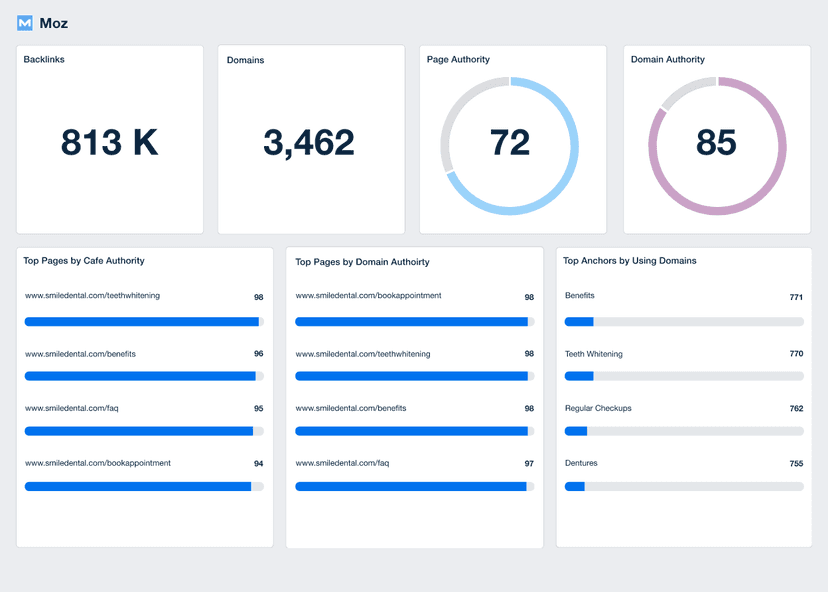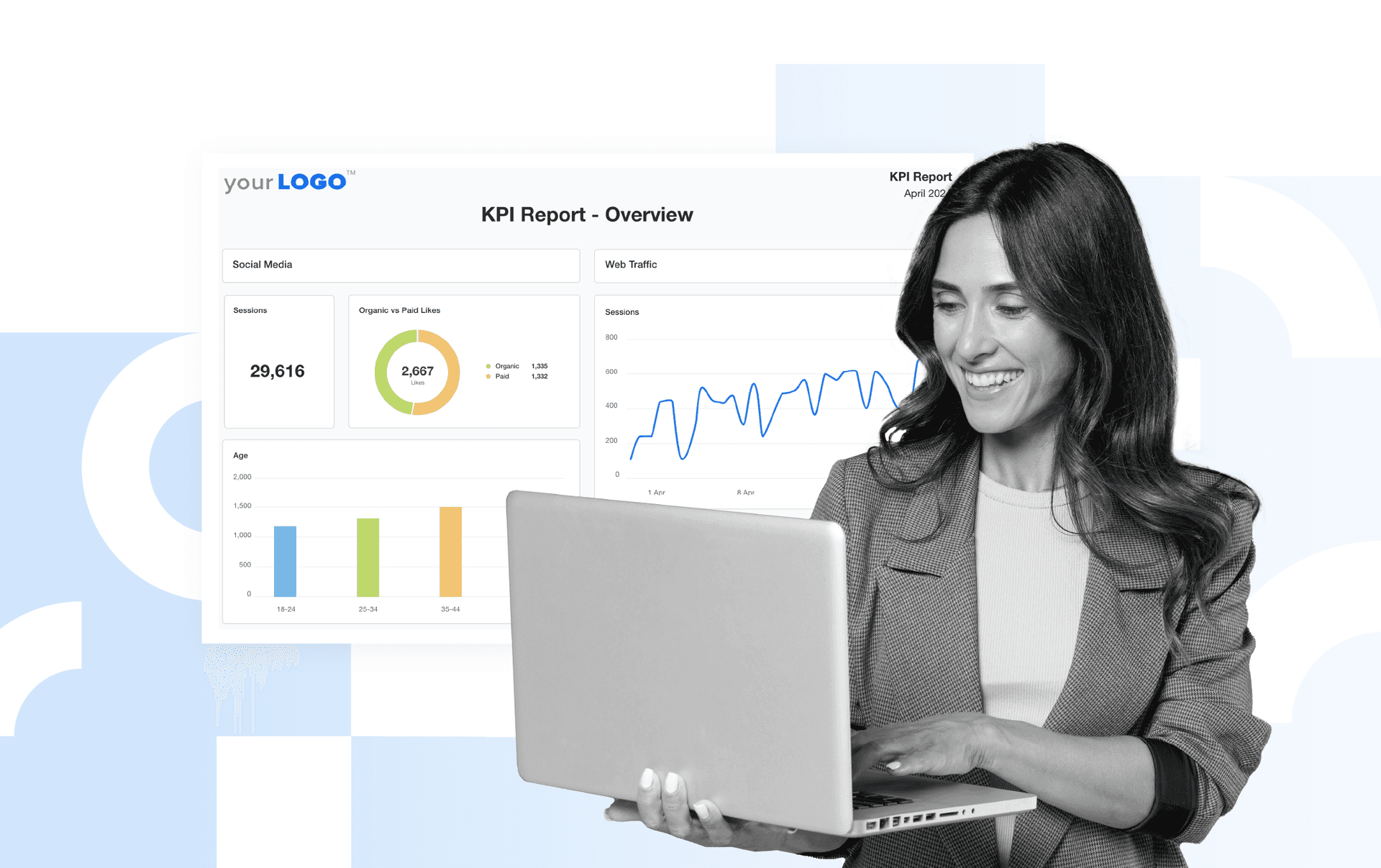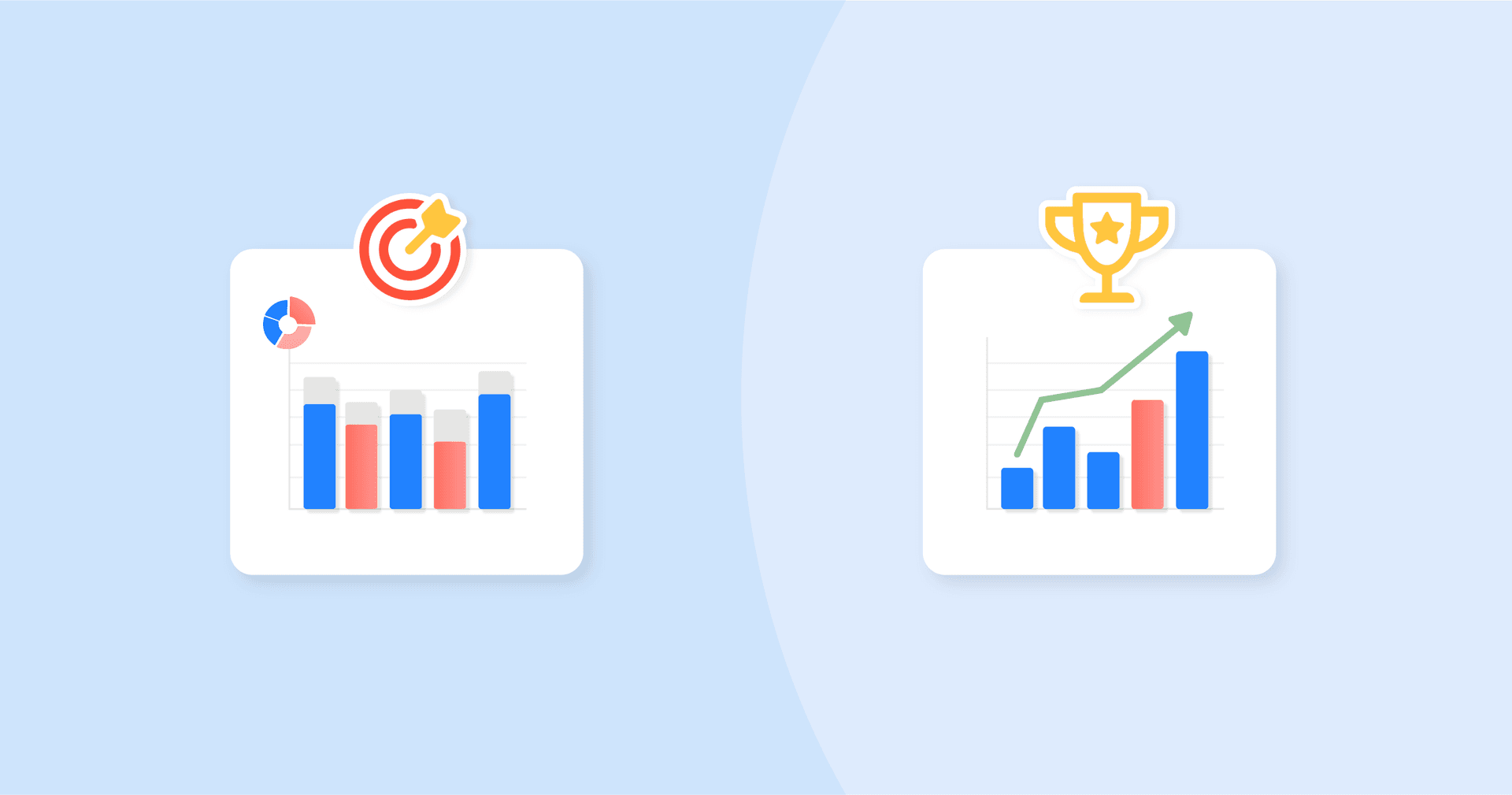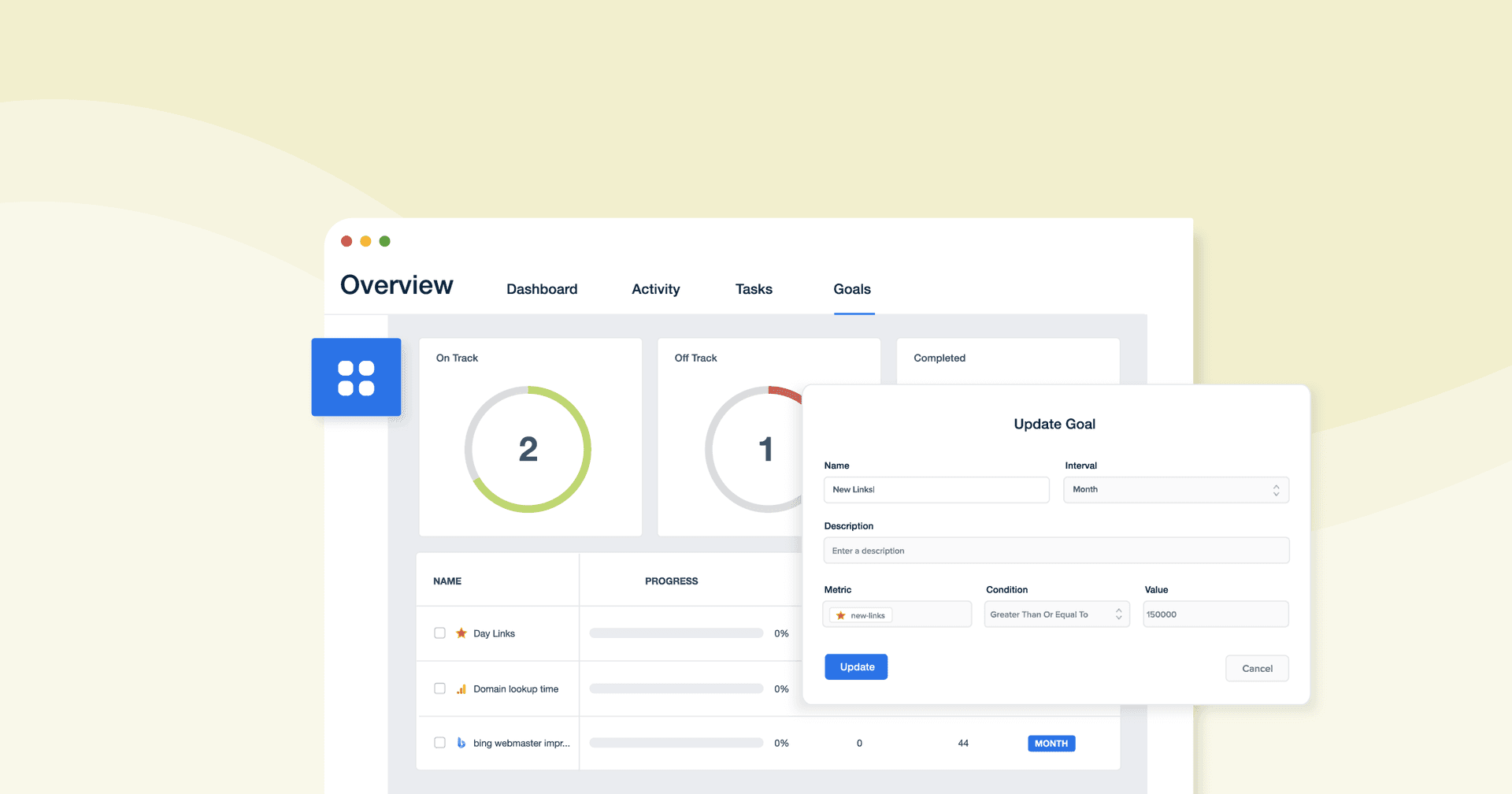Total Addressable Market (TAM)
Investment Justification
Present TAM data to attract investors, secure funding, or justify resource allocation.
Competitive Benchmarking
Compare TAM competitors to identify gaps and market growth potential.
Growth Strategy Development
Define market expansion strategies based on the TAM scope and scale.
Client Reporting Value
Share TAM insights in reports to highlight market opportunities driving ROI.
Why Total Addressable Market Is Important
Total Addressable Market provides a comprehensive view of the maximum revenue opportunity within a market. This metric is essential for prioritizing resources and aligning strategies with market potential, ensuring efforts focus on high-impact opportunities.
TAM clarifies the revenue ceiling for a product or service, helping businesses evaluate whether market demand aligns with long-term growth goals. It supports informed decision-making by guiding market entry strategies, product launches, and investment planning. Understanding TAM offers a foundation for setting realistic expectations, minimizing risk, and creating campaigns that resonate with a well-defined audience segment.

Stop Wasting Time on Manual Reports... Get Insights Faster With AgencyAnalytics
How TAM Relates To Other KPIs
Total Addressable Market serves as the foundation for understanding metrics like Customer Lifetime Value and Customer Acquisition Cost. By defining the scope of market opportunities, it sets the stage for evaluating resource allocation and return on investment.
This connection helps businesses assess the feasibility of market entry, growth potential, and profitability. With TAM as a guide, other metrics become clearer, supporting data-driven strategies that align with broader market goals and opportunities.
Total Addressable Market also sets the stage for understanding two critical subsets: Serviceable Addressable Market (SAM) and Serviceable Obtainable Market (SOM). While TAM represents the total revenue opportunity, SAM narrows this down to the portion of the market a business can realistically target based on its offerings and capabilities. SOM further refines this by focusing on the specific segment that can be practically captured given current resources, competition, and market conditions.
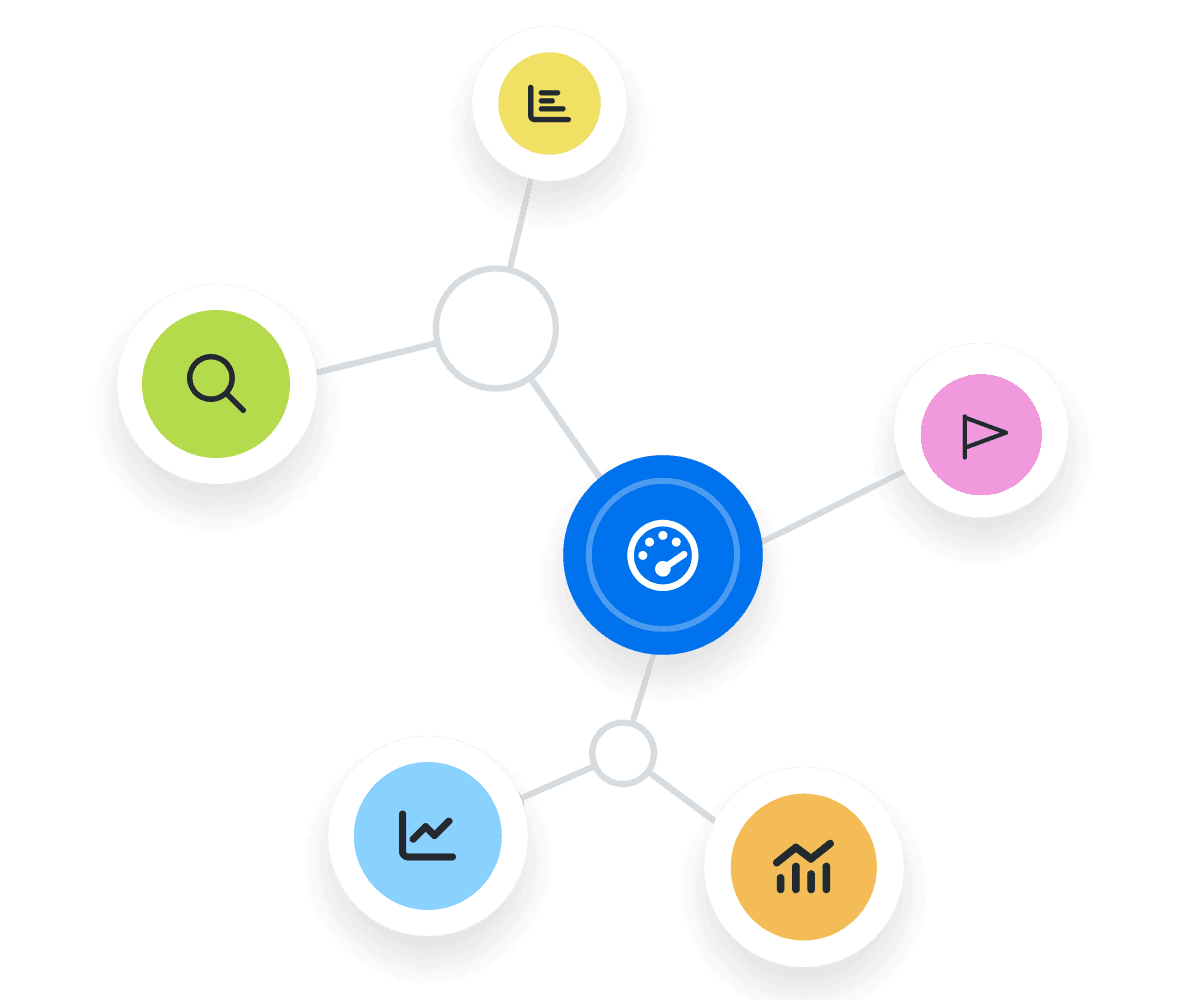
Key Factors That Impact TAM
Several factors affect the size and scope of Total Addressable Market. Total market demand, driven by population size and purchasing power, is a primary determinant. Industry growth trends, like technological advancements and regulatory changes, expand or contract the potential market.
Competitive shifts, such as new market entrants or dominant players, influence the competitive landscape. Finally, product or service innovation helps to unlock untapped market segments, reshaping the available market size.

How Value Theory Informs Total Addressable Market Assessments
Value Theory provides a critical lens for analyzing Total Addressable Market by focusing on how well a product or service aligns with customer needs and perceived value. While TAM defines the maximum revenue opportunity, Value Theory evaluates the drivers behind market demand.
A strong alignment with customer priorities—such as convenience, affordability, or innovation—can validate and refine TAM estimates. By identifying what customers truly value, businesses can focus on segments with the greatest likelihood of engagement and revenue generation.
Incorporating Value Theory ensures that TAM analysis goes beyond raw numbers to reflect a realistic and actionable understanding of market opportunities, supporting strategic decisions that resonate with real customer needs.

How To Calculate Total Addressable Market
To calculate Total Addressable Market, multiply the total number of potential customers in a market by the average revenue each customer can generate. The result will tell you the maximum revenue opportunity available in the serviceable addressable market.
You can also use a bottom-up approach to calculate TAM. A bottom-up analysis involves analyzing granular data, such as individual customer segments or unit sales, to estimate TAM.
Total Addressable Market Calculation
How To Set TAM Benchmarks and Goals
Total Addressable Market benchmarks vary by industry. When benchmarks are unclear, historical data, market research reports, or comparable market analysis help set realistic goals. Evaluating the serviceable available market at granular levels, such as by region or customer segment, provides deeper insights into specific opportunities.
Why TAM Matters to Clients
Total Addressable Market provides a clear picture of the revenue potential within an entire market, making it a critical benchmark for strategic planning. It helps businesses quantify opportunities, assess scalability, and prioritize markets with the highest impact.
This metric is particularly valuable for attracting investors, as it demonstrates the scope of market opportunity and the potential return on investment. For clients, TAM supports informed decision-making by aligning product or service development with realistic growth targets.
By anchoring strategies in a well-defined TAM, businesses establish credibility, set achievable objectives, and focus on maximizing their share within the broader market opportunity.

Why TAM Matters to Agencies
Total Addressable Market helps agencies design marketing strategies that align with a client’s growth potential and market dynamics.
TAM insights also strengthen the case for campaign investments, offering a data-driven foundation to justify spending and project returns. For agencies, this metric supports smarter allocation of resources, aligns goals with achievable market penetration, and demonstrates value through calculated annual contract projections.
A well-researched TAM equips agencies with the clarity needed to connect client offerings with market demand, driving impactful strategies and measurable results.

Discover the All-in-One Reporting Tool Trusted by 7,000+ Marketing Agencies
Best Practices When Analyzing and Reporting on TAM
A well-rounded TAM analysis sets the stage for data-driven decision-making. Here are a few best practices for working with TAM insights:
Prioritize Data Reliability
Select authoritative sources and cross-verify data to ensure a robust foundation for TAM estimates. Inaccurate data can distort opportunities and misalign strategies.
Segment for Precision
Break TAM into subcategories such as geographic regions, demographics, or customer needs. This segmentation highlights untapped areas and facilitates targeted strategies.
Incorporate Market Trends
Account for industry shifts, emerging technologies, or competitive dynamics that could influence TAM, ensuring the analysis remains relevant over time.
Focus on Realistic Scenarios
Translate TAM insights into actionable strategies by comparing potential market share against operational capabilities and resource constraints.
Tailor to Objectives
Align TAM findings with specific goals, such as product launches, market expansion, or sales targets, to deliver a cohesive, strategic narrative.
Communicate Takeaways
Present TAM insights with clear recommendations. Whether it’s resource allocation or campaign priorities, actionable outcomes drive better decisions.
FAQs About Defining and Analyzing Total Addressable Market
TAM is a critical metric for setting realistic revenue goals and evaluating business opportunity. These FAQs explain how to calculate TAM, differentiate it from SAM and SOM, and apply it to client growth strategies.
Total Addressable Market (TAM) is the monetary value of the entire potential market for a product or service if every future customer in the target audience were to purchase. A well-calculated TAM defines the potential scale of a business idea, serving as a valuable metric for business growth, financial planning, and sales strategies.
TAM stands for Total Addressable Market, SAM stands for Serviceable Available Market, and SOM stands for Serviceable Obtainable Market. TAM measures the entire potential market, SAM narrows it down to the specific market segment that fits the business model, and SOM focuses on the market subset that the company can realistically capture based on sales strategies, existing market conditions, and resources. Together, TAM, SAM, and SOM provide a complete picture of the market opportunity.
The terms are often used interchangeably, but in some contexts Total Available Market refers to industry data for a broader business line, while Total Addressable Market focuses on a specific product or service’s potential. The key distinction is that TAM reflects the business opportunity for a defined offering within the overall market landscape.
A TAM analysis can be calculated using three approaches:
Top-down method: Uses external research, industry data, or macroeconomic data (such as population density or geographic location) to estimate the global TAM calculation.
Bottom-up method: Builds from internal data such as annual contract value, average annual revenue per customer, or niche markets to create a more realistic forecast.
Value theory method: Uses the value theory approach to estimate how much of the market would potentially purchase based on the monetary value delivered by alternative solutions.
Agencies often combine these methods with their own research or a total addressable market calculator to create more accurate estimates.
Understanding TAM helps agencies and clients set realistic revenue goals, refine business strategy, and identify specific market segments or emerging markets worth investing in. A well-calculated TAM also helps businesses convince investors by demonstrating potential scale, business growth opportunity, and alignment with their ideal target market.
Salesforce Dashboard Example
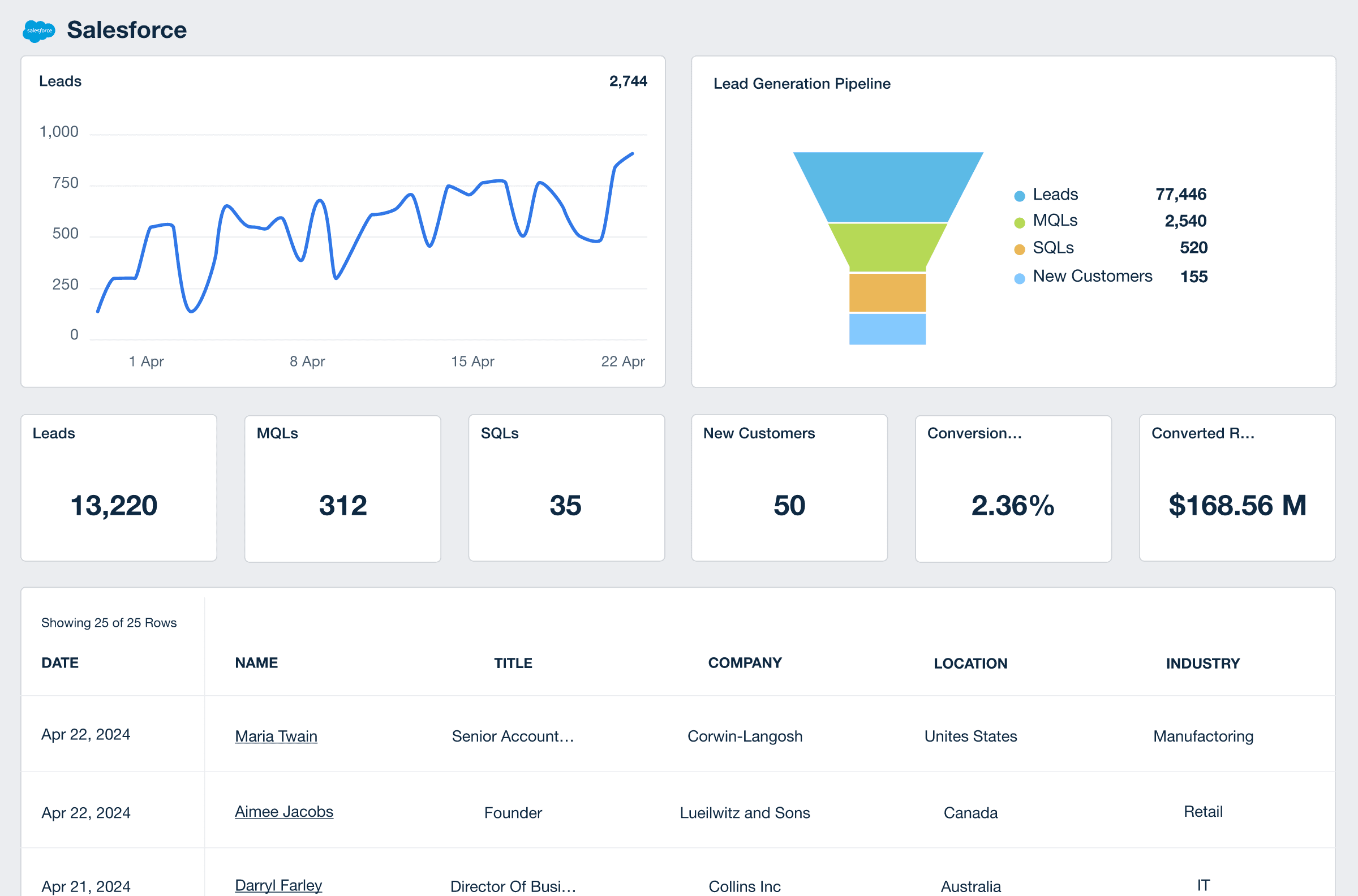
How To Drive Performance Using TAM
Here are actionable tips to enhance your agency’s Total Addressable Market analysis.
Use Diverse Data Sources
Combine industry reports and market research to ensure a complete view of the total available market.
Segment the Market
Break TAM into specific customer segments to identify high-potential niches for tailored strategies.
Leverage Technology
Use tools like predictive analytics or CRM platforms to model TAM and uncover hidden market opportunities.
Related Blog Posts
See how 7,000+ marketing agencies help clients win
Free 14-day trial. No credit card required.


